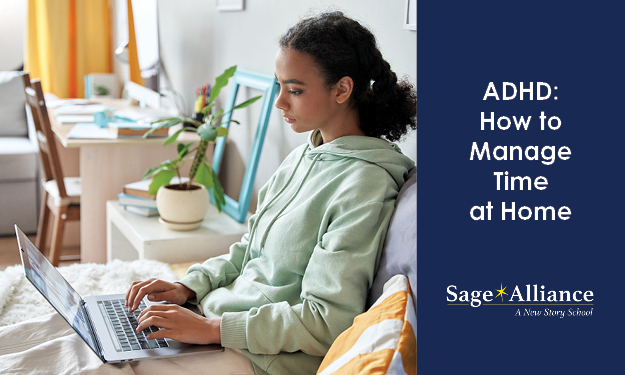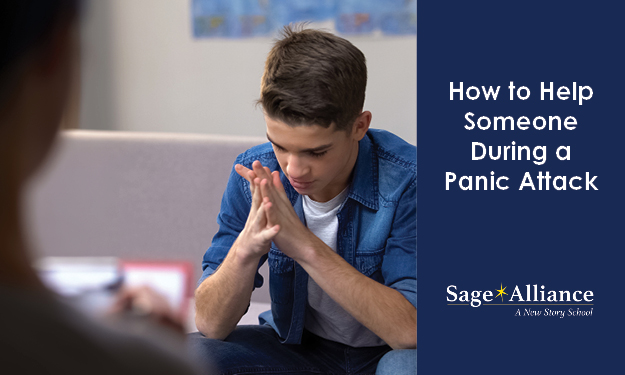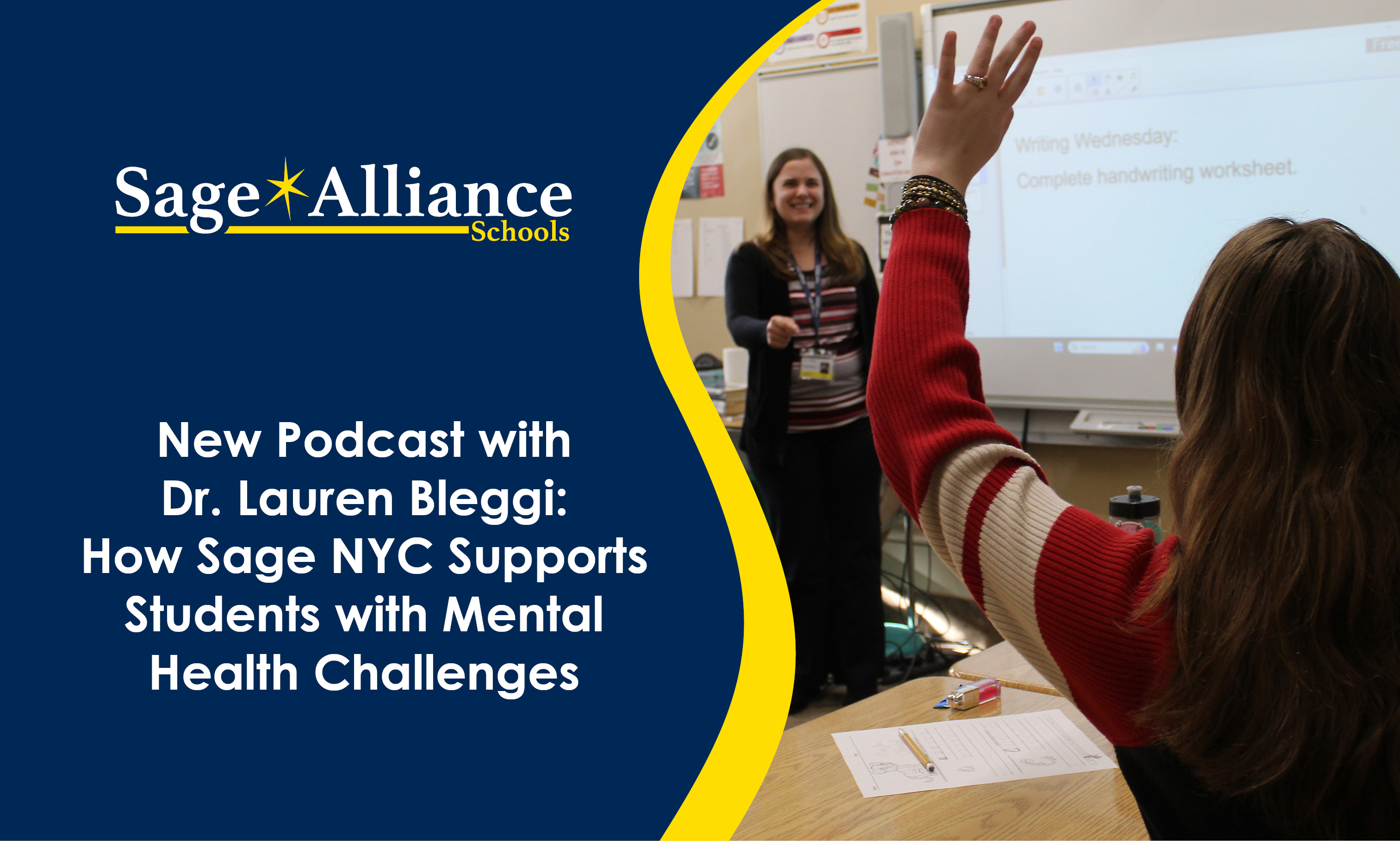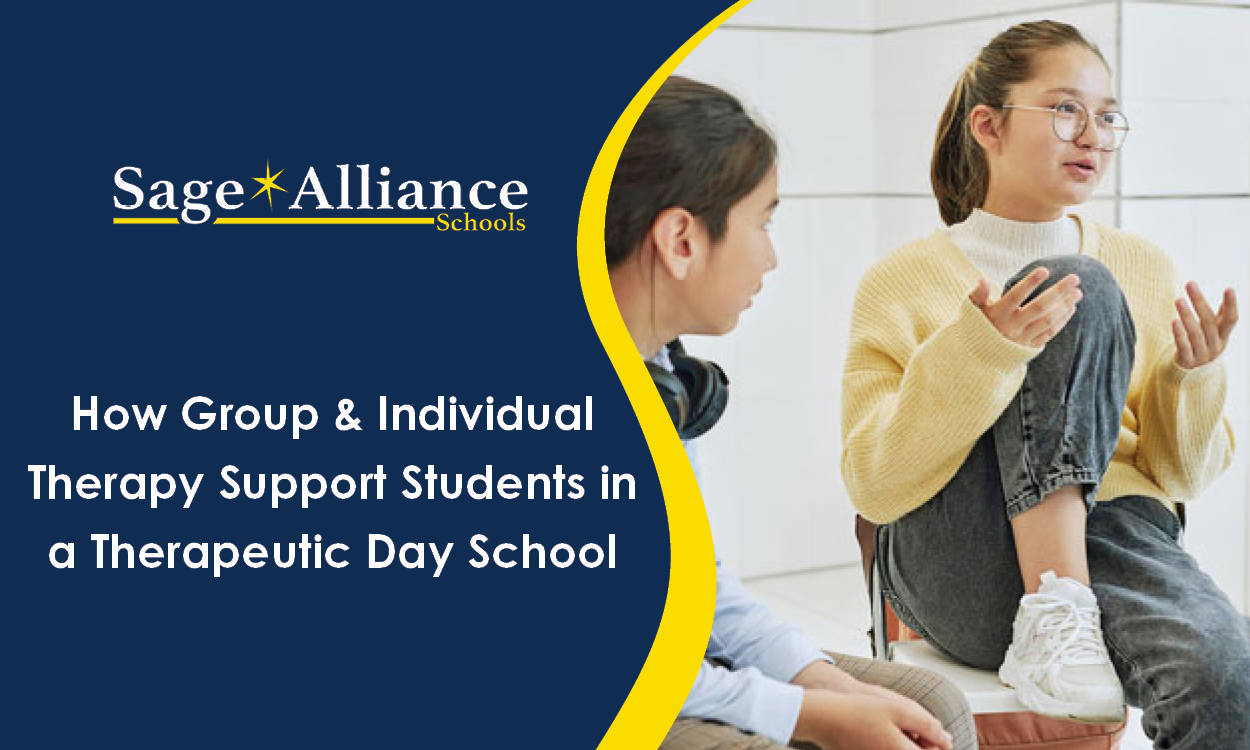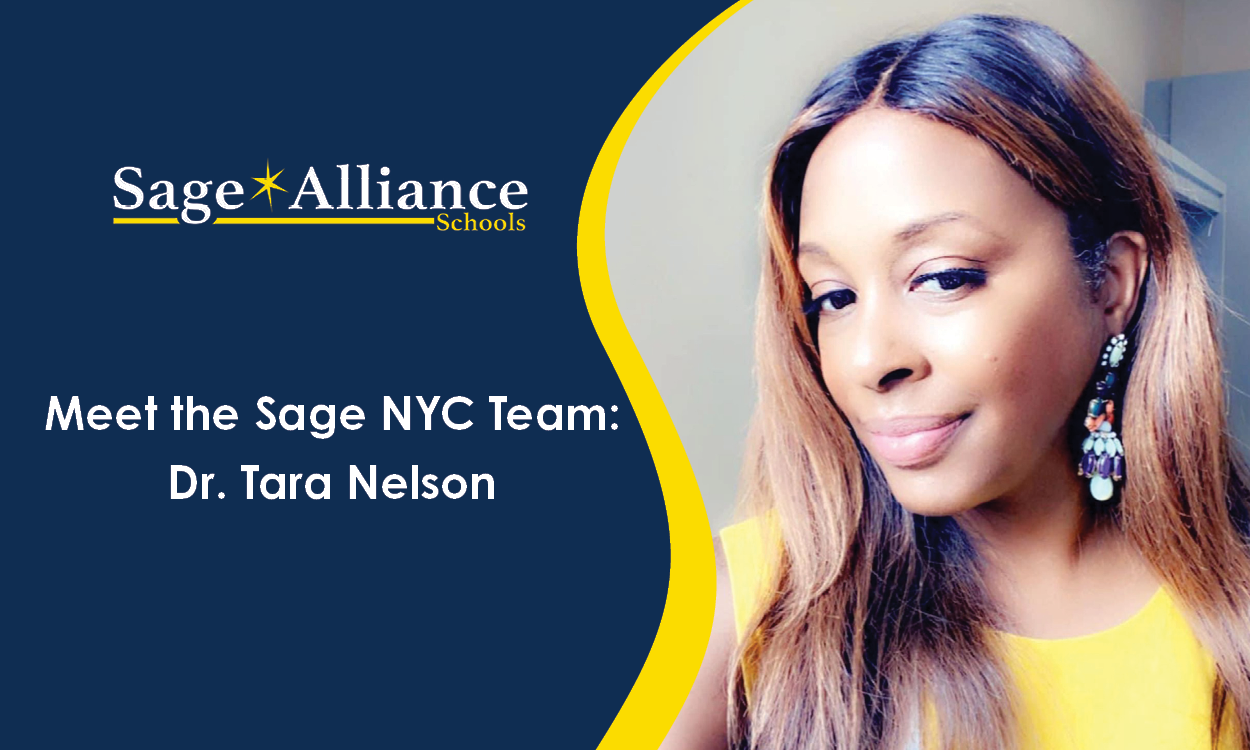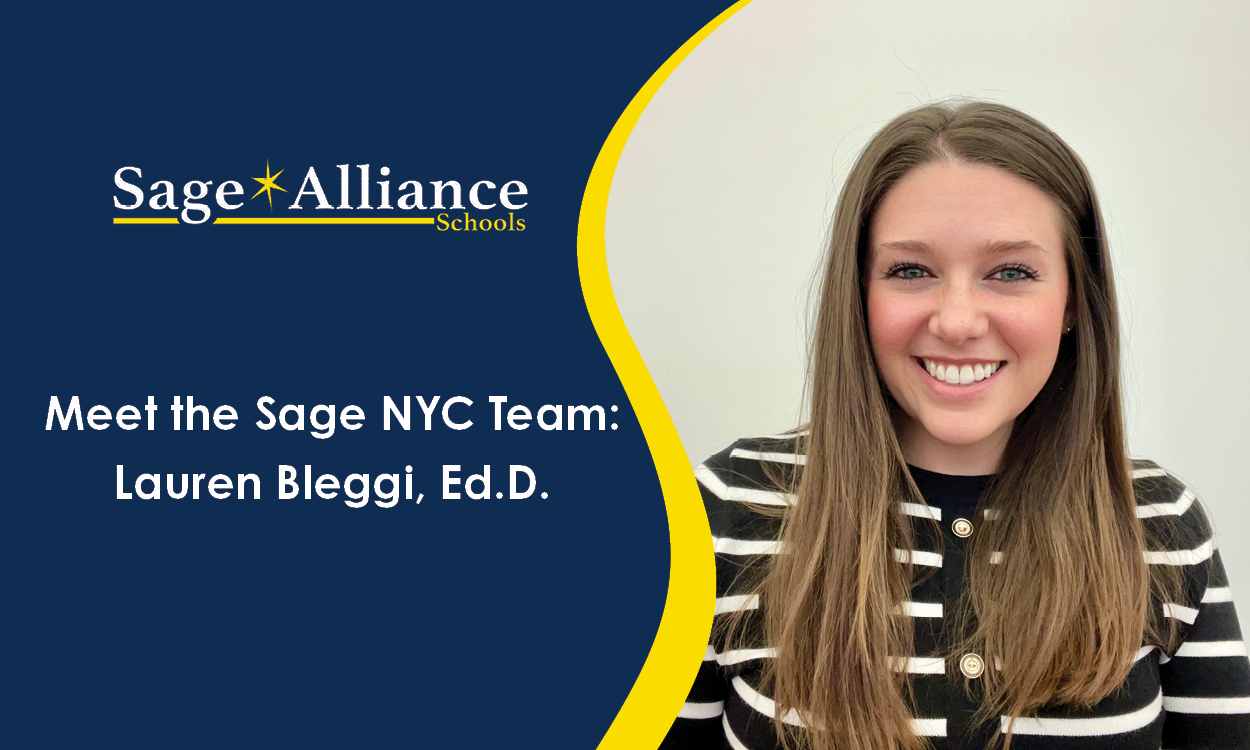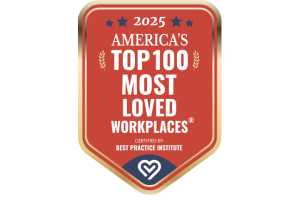3 Types of ADHD
Posted: February 12, 2018 | Written By: Justin Gerwick | Category: ADHD
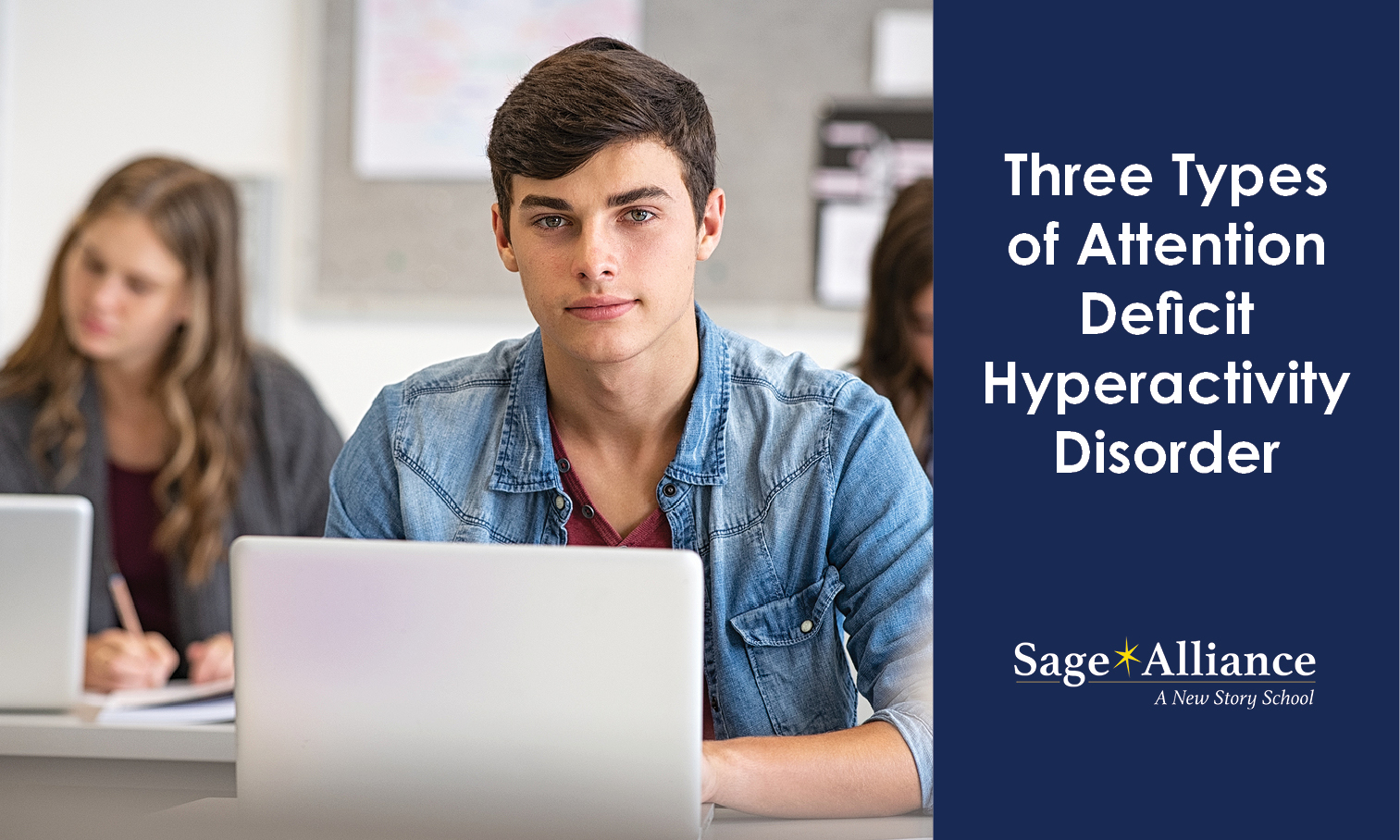
Attention Deficit Hyperactivity Disorder (ADHD) is a condition that can be discovered at any age, and can have an impact on a person’s behavior, emotions, and ability to learn. Generally, ADHD affects not only kids, but adults as well. School can become particularly difficult for someone with this medical condition, as ADHD can affect a person’s ability to sit and listen for the same amount of time as their peers. While there is no cure for ADHD, there are effective treatment options to consider as a family. Though individual cases vary, here are the three main types of ADHD and how symptoms are treated.
1. Predominantly Inattentive Presentation
Those with the inattentive presentation of ADHD have difficulty paying attention. They often daydream, have trouble focusing on a task at hand, and have difficulties concentrating. Common traits of someone with an Inattentive Presentation include leaving things unfinished, forgetfulness, and constantly losing track of belongings.
Treatment for inattentive ADHD includes a combination of behavioral, educational and medicinal interventions. Family therapy, social skills training, behavioral therapy, and psychotherapy are often prescribed in combination with stimulant medicines. A therapeutic school, such as Sage Alliance can offer students a more individualized learning experience that can be more engaging for someone with inattentive ADHD. Teaching systems to improve one’s ability to keep track of things or be less forgetful can also be hugely beneficial.
2. Predominantly Hyperactive-Impulsive Presentation
Those with Hyperactive-Impulsive Presentation exhibit symptoms that may be more evident in a classroom setting than Inattentive ADHD. Kids often fidget, have trouble sitting still and may feel like energy is building up within them that they need to release. A person can also act impulsively, interrupt in conversation to not lose a thought, and have intense emotional reactions.
Treatment for someone with Hyperactive-Impulsive ADHD often includes stimulant drugs that help calm them down. Non-stimulant drugs, antidepressants, and even blood pressure medications can be used to treat Hyperactive-Impulsive ADHD. It all depends on how someone reacts to different prescriptions. Behavioral therapy can also be effective in treating hyperactivity, as therapists can help kids identify and control impulsive behaviors.
3. Combined Presentation
Combined Presentation ADHD means that the symptoms described in one type of ADHD are not stronger than those of the other type. Both symptoms are persistently exhibited and get in the way of everyday life. Sometimes, hyperactive symptoms decrease as a child ages. To treat this type of ADHD, a medical professional might recommend therapy and/or medicine to help calm symptoms.
Keep in mind that symptoms of ADHD could be confused with symptoms of other problems. For example, a child with vision problems may find it hard to pay attention in class. It is important to visit to a doctor to screen for other conditions before going to a specialist to treat ADHD.
If your child’s ADHD is not being addressed properly in traditional school, consider enrolling them in a therapeutic day school.
Want to be notified of new articles and resources from Sage Alliance? Click here to submit your email and opt into our newsletter.


